10 National Parks that Honor Black History
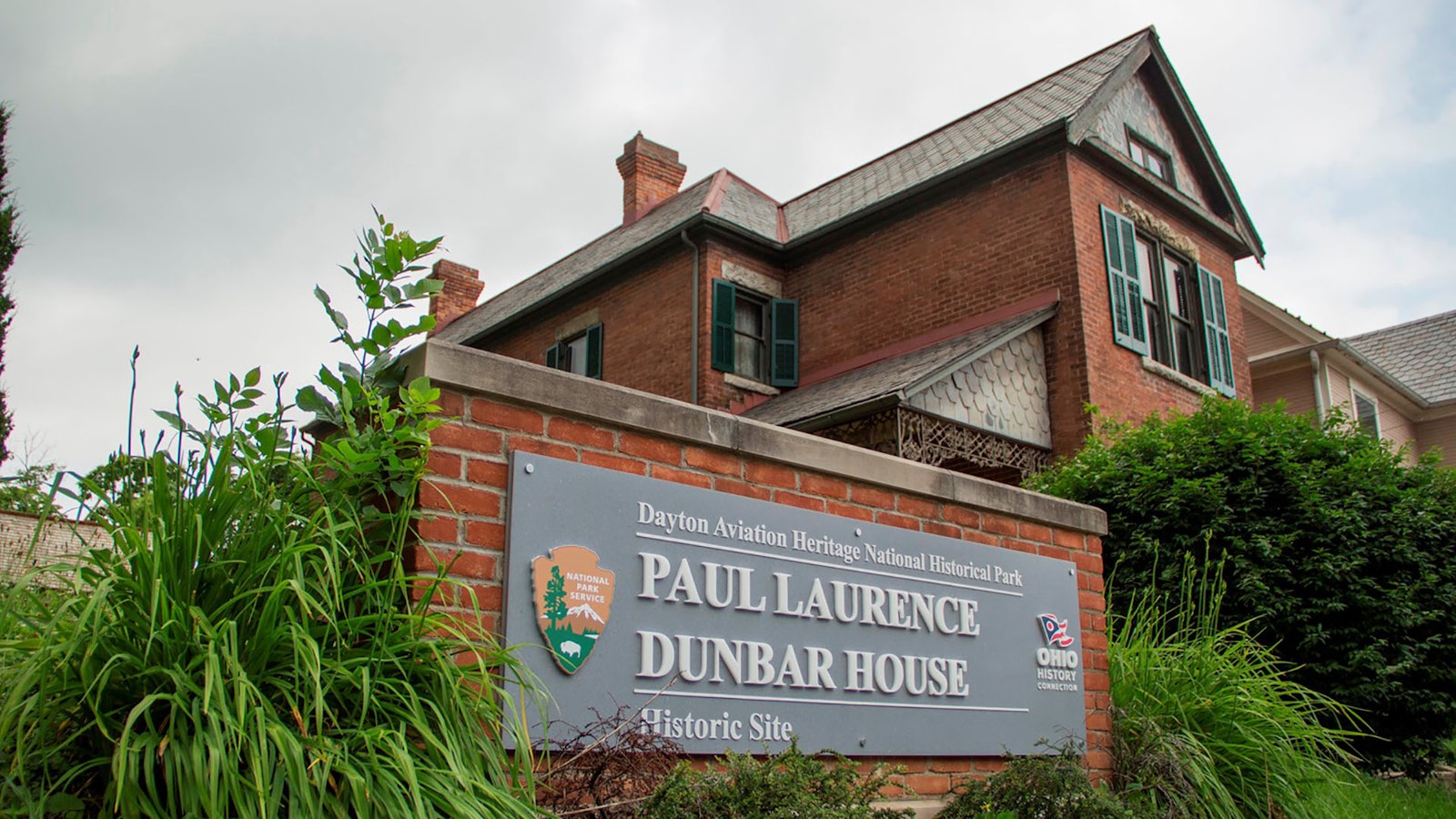
.
.
African Americans’ contributions to our history and culture are deeply interwoven into our collective national heritage. The National Park Foundation (NPF) and our African American Experience Fund (AAEF) have been investing in the preservation of African American history and culture through national parks since 2001 and continues to build on our investment to ensure that these stories are shared, preserved, and honored through parks in ways that connect and inspire current and future generations. Thanks to the generosity and ongoing partnership of the Fund II Foundation (Fund II), NPF is increasing philanthropic support for AAEF.
Explore the stories behind these parks and make them a part of your next national park trip!
Carter G. Woodson National Historic Site
Carter G. Woodson Home National Historic Site, located in Washington, D.C., served as the home of the “Father of Black History,” Dr. Carter G. Woodson from 1922 until his death in 1950.
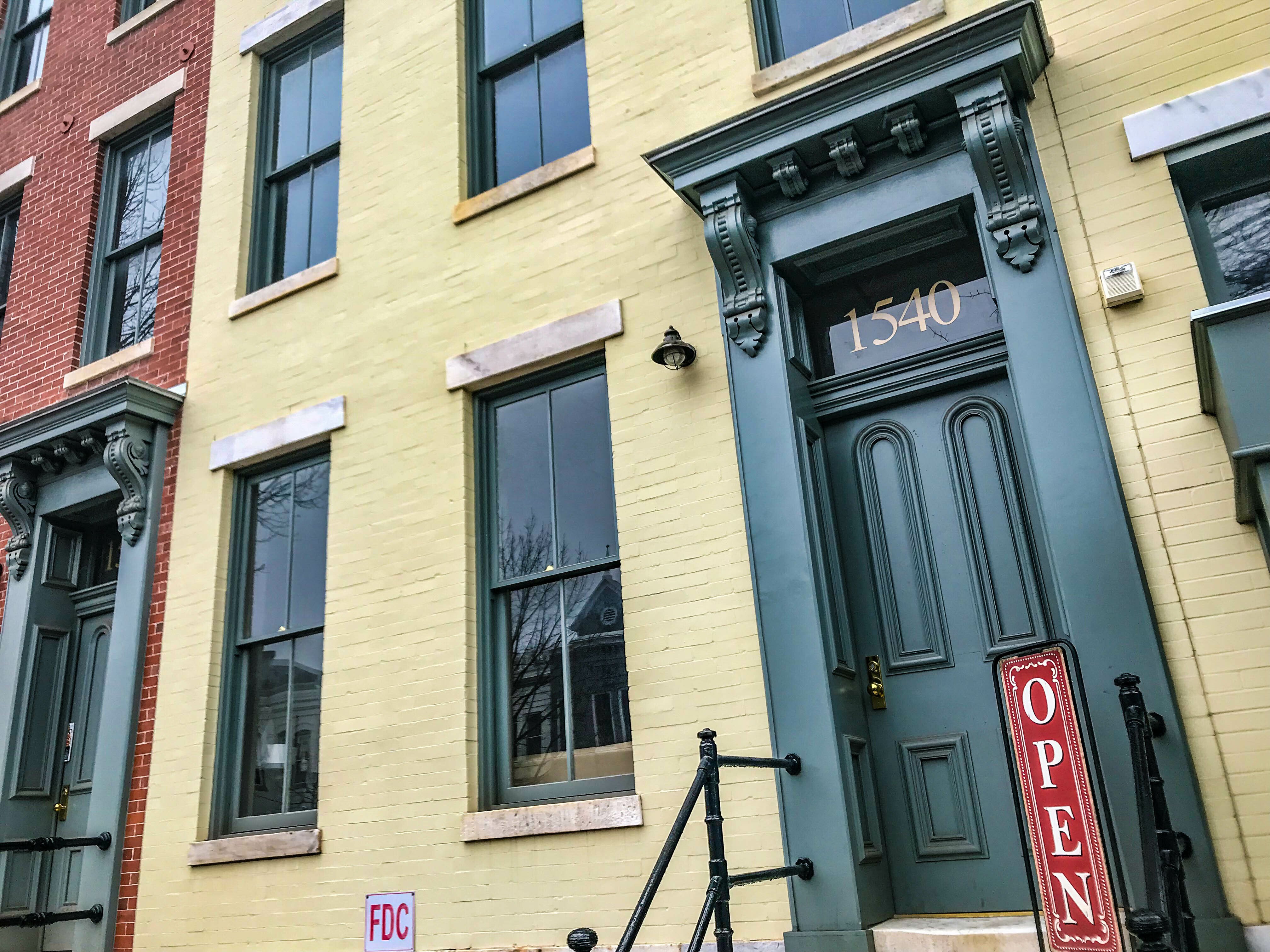
As the nation’s first professionally trained historian of African descent, Woodson institutionalized the study of African American history, and from his home in the heart of the city’s Shaw neighborhood, he directed the operations of his organization, the Association for the Study of Negro Life and History (ASALH), ran a publishing company, the Associated Publishers, and in 1926, started Negro History Week, which is now observed as Black History Month.
Through AAEF, NPF supported the development, design, fabrication, and installation of new exhibitions in the home to bring Dr. Woodson’s legacy to park visitors and in 2020, we supported the Carter G. Woodson National Historic Site Place-Based Curriculum and Kiamsha Peer-to-Peer Historical Youth Scholars and Docents Documentary Project. This project builds upon the legacy and contributions of Dr. Carter Godwin Woodson, teaching high school students African American history and culture, public speaking skills, media training, and providing workforce development.
Martin Luther King, Jr. National Historical Park
You can walk in the footsteps of Dr. Martin Luther King, Jr. in parks across the country. Known as “M.L.” by his family, Martin Luther King, Jr.’s early years in Atlanta are preserved and honored at Martin Luther King, Jr. National Historical Park. When visiting the park, stop by the visitor center to pick up a map of the park, which includes the home in which he was born and lived until he was 12, the Baptist Church where he worshipped and preached, and the King Center, where Dr. and Mrs. Coretta Scott King are laid to rest.
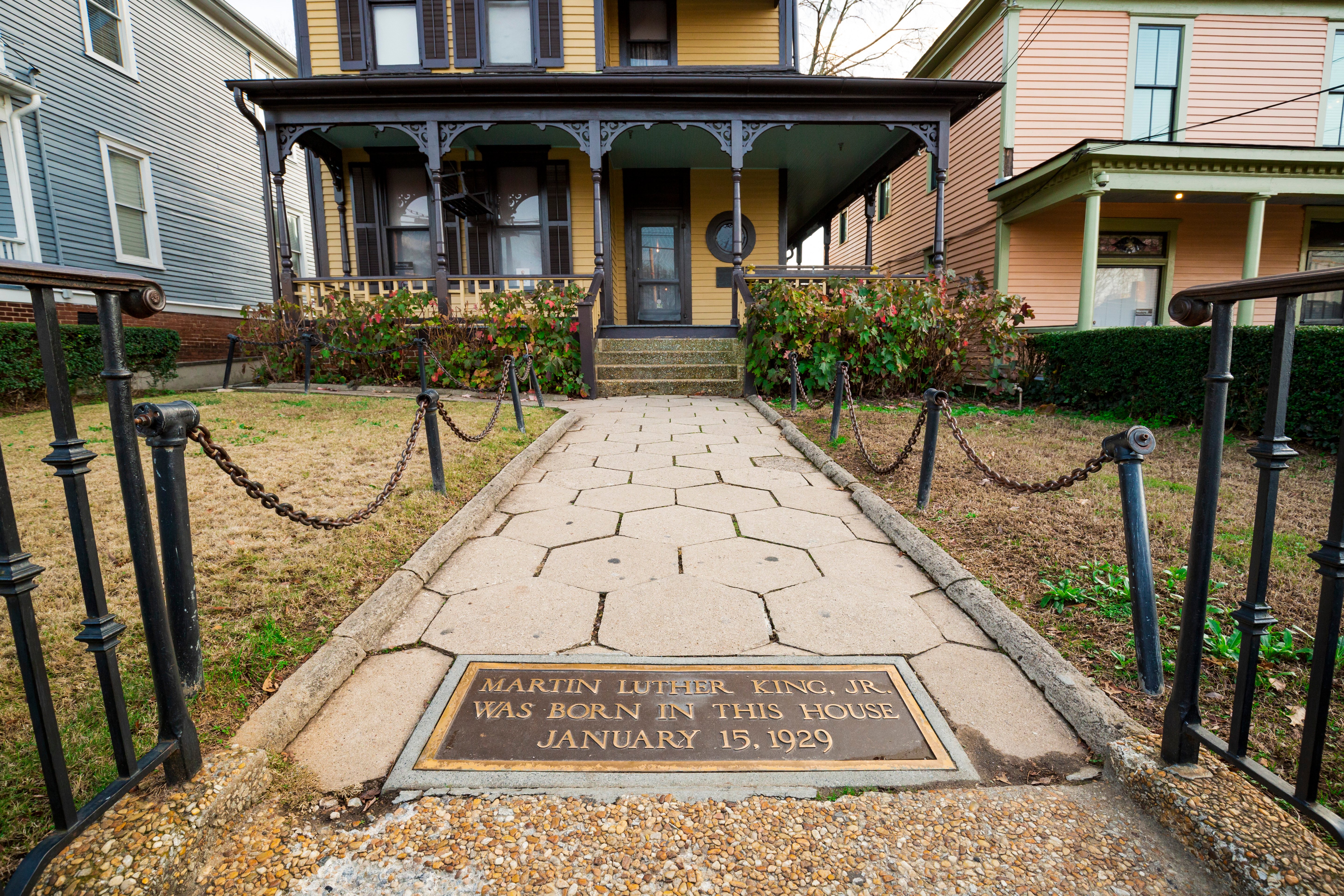
In 2018 and 2019, NPF facilitated the purchase and transfer of Dr. King’s birth home and family home to the park, and a multi-year grant from NPF will provide the funding for staff, materials, and administrative expenses to stabilize and rehabilitate both the birth and life homes of Dr. King. In 2020 as part of this project, the park made a 3D scan of the birth home, conducted a land survey and assessment, and evaluated the home’s mechanical system, ensuring that the buildings in the park will be properly restored, ready to welcome visitors for generations to come. And as part of NPF’s Women in Parks initiative, AAEF supported the development of an exhibit exploring and honoring the life and contributions of Coretta Scott King.
Tuskegee Airmen National Historic Site
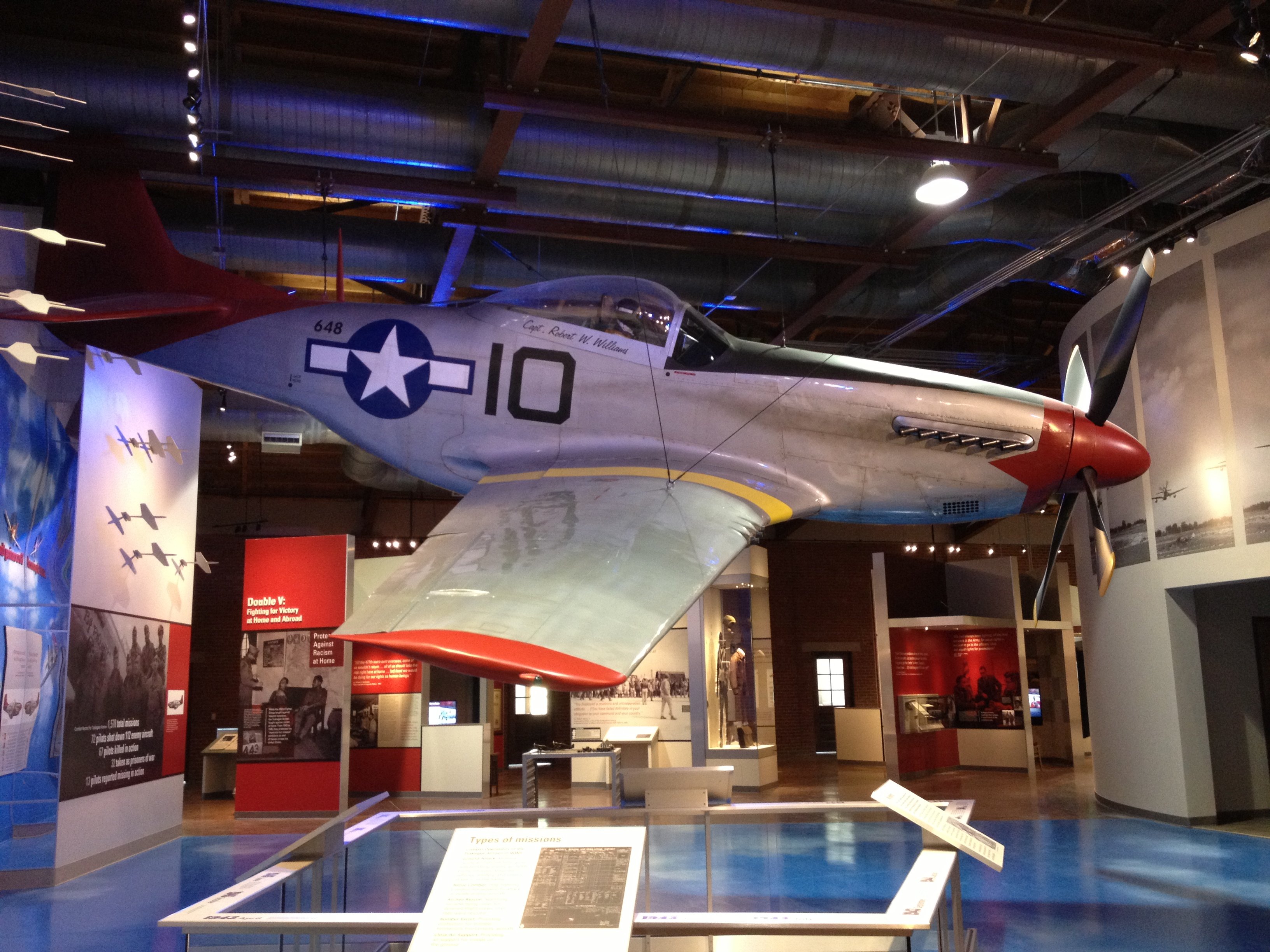
The skies have long captured our imagination, and several national parks pay tribute to advancements and achievements in aviation history. In Alabama, Tuskegee Airmen National Historic Site is the training site of the first-ever African American military pilots, known as the “Red Tails.” Nearly 1,000 African American pilots were trained here, and over 10,000 men and women worked as technicians, radio operators, medical personnel, parachute riggers, mechanics, navigators, dispatchers, and more at the site. Visit the park’s two hangar museums to learn more about the daily life of the men and women who served here.
In 2020 through AAEF, NPF supported the creation of the park’s Discovery Lab classroom to inspire the next generation of aerospace engineers. The new classroom will foster aviation research, education, training, public programming, and will even feature a virtual reality flight simulator for future park visitors and aspiring engineers alike!
Selma to Montgomery National Historic Trail
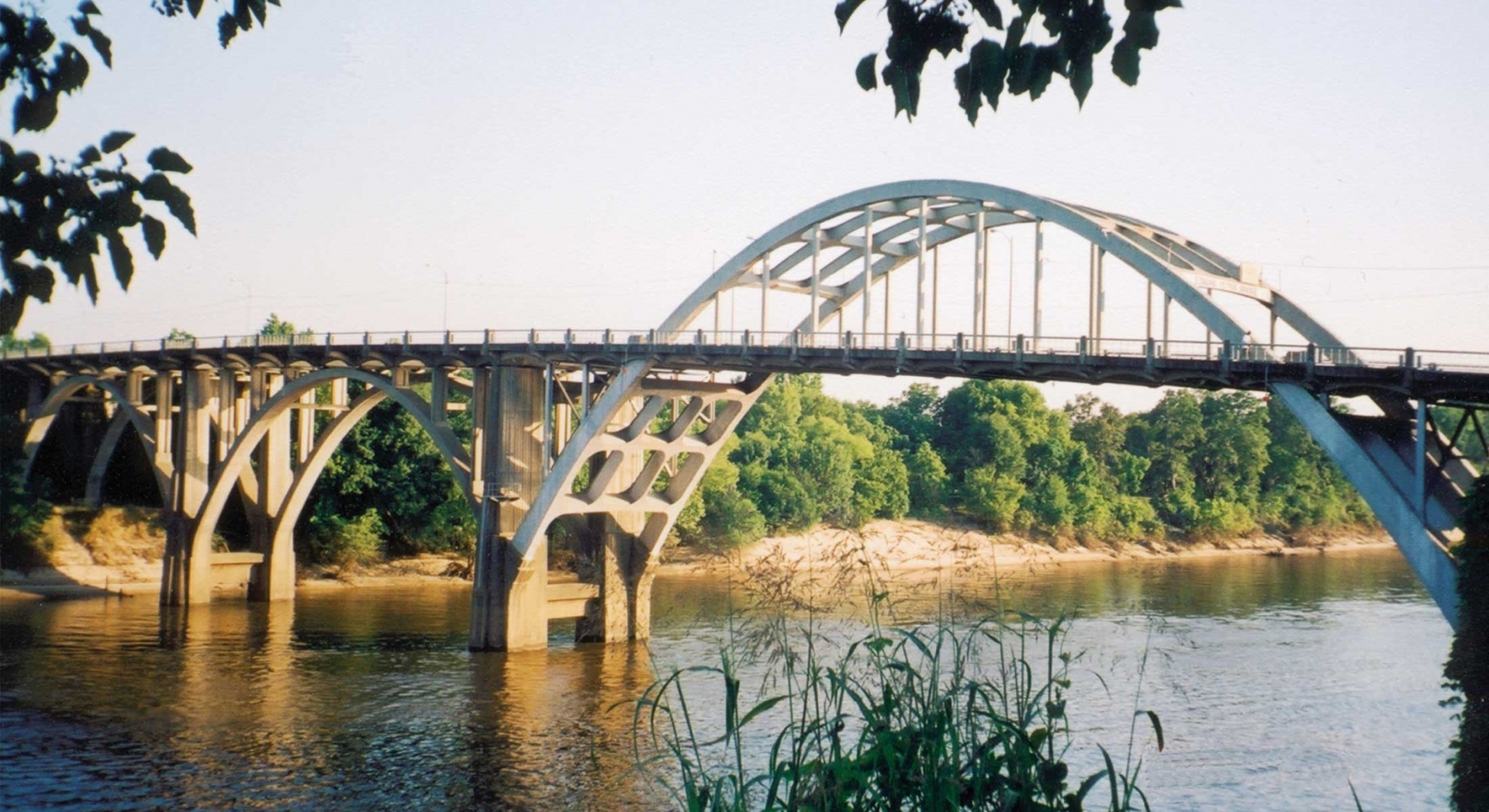
Honoring the three 1965 civil rights marches that were meant to stretch 54 miles from Selma to Montgomery, the Selma to Montgomery National Historic Trail follows the path of the heroic men and women who demonstrated for access to voting registration. The first two marches, met with violent confrontation by the state, were captured by the media and sparked nationwide outrage. The third march on March 21, 1965, saw upwards of 25,000 participants and the Voting Rights Act was signed five months later.
Visitors to the trail will soon be able to explore the historic march in a new way, thanks to a new immersive exhibit supported by NPF. Designed using oral histories and historical narratives, the interactive new exhibit will bring this momentous event to life in the Montgomery Interpretative Center at Alabama State University.
Charles Young Buffalo Soldiers National Monument
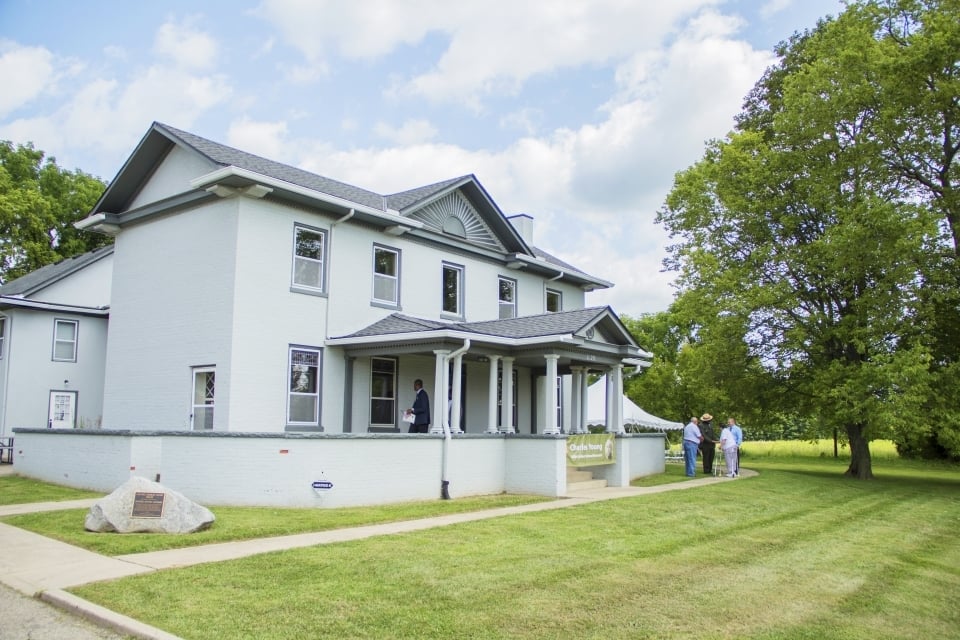
Col. Charles Young was a distinguished officer in the U.S. Army, the third African American to graduate from West Point, and the first to achieve the rank of colonel – in addition to the first African American to serve as a superintendent of a national park! Charles Young Buffalo Soldiers National Monument preserves Young’s legacy, as well as that of the Buffalo Soldiers. In the face of unrelenting racism and inequality, Buffalo Soldiers showed themselves as strong and successful soldiers in performing their jobs. They were effectively the first park rangers and over a century after their service, their stories and legacies are interwoven with the fabric of our history and the history of our parks. NPF played a major role in the creation of this park by providing the necessary funding through AAEF in 2013 to purchase the historic property from the Omega Psi Phi Fraternity, Inc.’s Friendship Foundation.
Medgar and Myrlie Evers Home National Monument
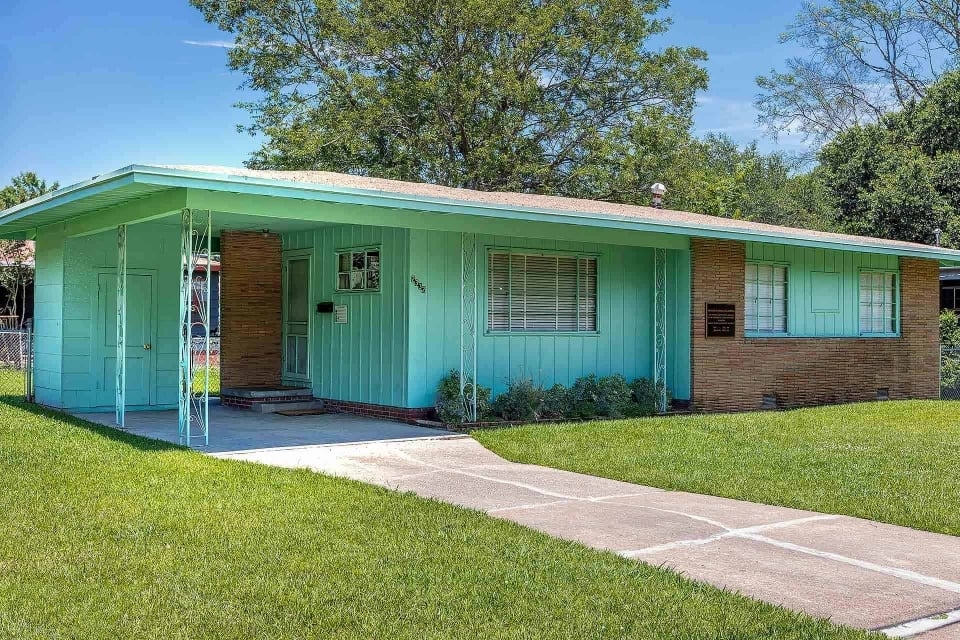
One of the newest national park sites, Medgar and Myrlie Evers Home National Monument commemorates the legacies of two civil rights activists who, from their small ranch home, devoted their lives to ending racial injustice against Black Americans. Upon returning from serving in World War II, Medgar Evers applied to the then-segregated law school at the University of Mississippi. When his application was rejected, he became the focus of a NAACP campaign to desegregate the school. Medgar and Myrlie Evers opened and managed the first NAACP Mississippi State Office and led boycotts, organized voter registration drives, and investigated acts of violence against African Americans.
In June 1963, Medgar Evers was murdered in the carport of their home – an event that served as a catalyst for the passage of the Civil Rights Act of 1964. Myrlie Evers has continued building on her legacy of activism, becoming one of the first African American women to run for Congress and eventually serving as the chairwoman of the NAACP. NPF proudly provided the funding necessary to acquire the Evers’ home from Tougaloo College and transfer it to the National Park Service.
Harriet Tubman National Historical Park
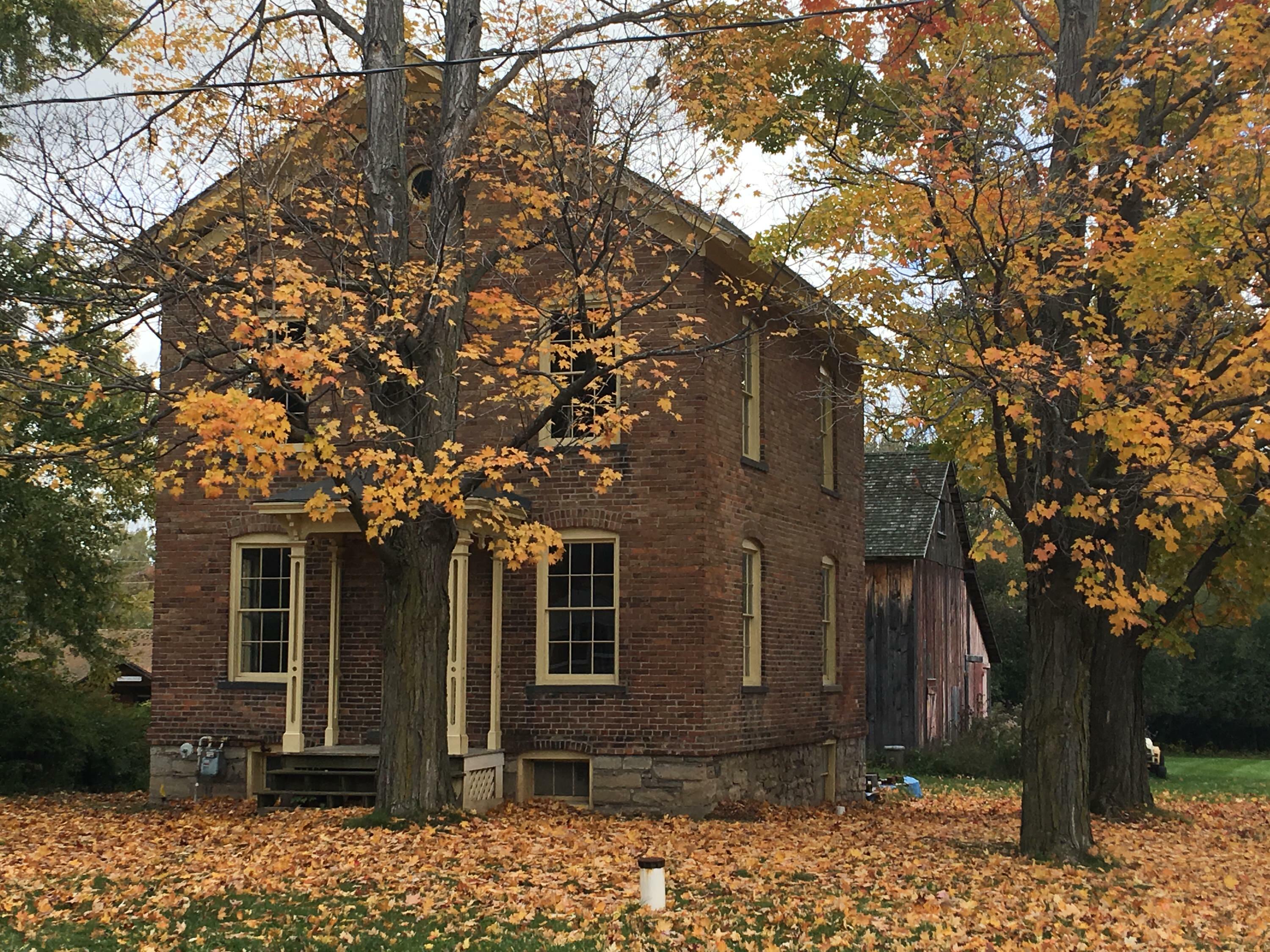
One of two national parks that preserve the life and legacy of Harriet Tubman, Harriet Tubman National Historical Park in Auburn, NY explores Tubman’s later years. After masterminding hundreds of rescue missions and serving in the U.S. Army, she continued fighting for human rights and dignity for the last fifty years of her life. Grounded in her unwavering faith, the “Moses of her people” helped establish schools for freed people in the South, pushed for equality and suffrage for African American women, and built the Harriet Tubman Home for the Aged to care for the elderly and poor in her community.
In 2017, NPF facilitated the acquisition and transfer of Harriet Tubman's place of worship, the historic Thompson Memorial African Methodist Episcopal (AME) Zion Church, which helped establish the park. The park's boundaries also include her residence, the Tubman Home for the Aged, and the Harriet Tubman Visitor Center. In 2020, our AAEF and the Fund II Foundation supported the repair and restoration of the Thompson Memorial AME Church, as well as the placement of twelve interns in the internX program by partnering with Greening Youth Foundation, NPS, and the Fund II Foundation. including Journee Harris, who served as the Interpretative Development Assistant Intern at Harriet Tubman National Historical Park.
Pullman National Historical Park
Chicago’s first national park site honors the 1894 Pullman strike and subsequent national boycott of Pullman train cars. The Pullman Company hired African American men, known as Pullman Porters, who served first-class passengers traveling in the company’s luxurious sleeping cars and became synonymous with the railroad’s impeccable service and style. In 1894, workers fought for better wages and living conditions. This strike led to the formation of the first African American labor union, the Brotherhood of Sleeping Car Porters, and sent a positive message about the potential of labor organizing among the growing labor movement in America.
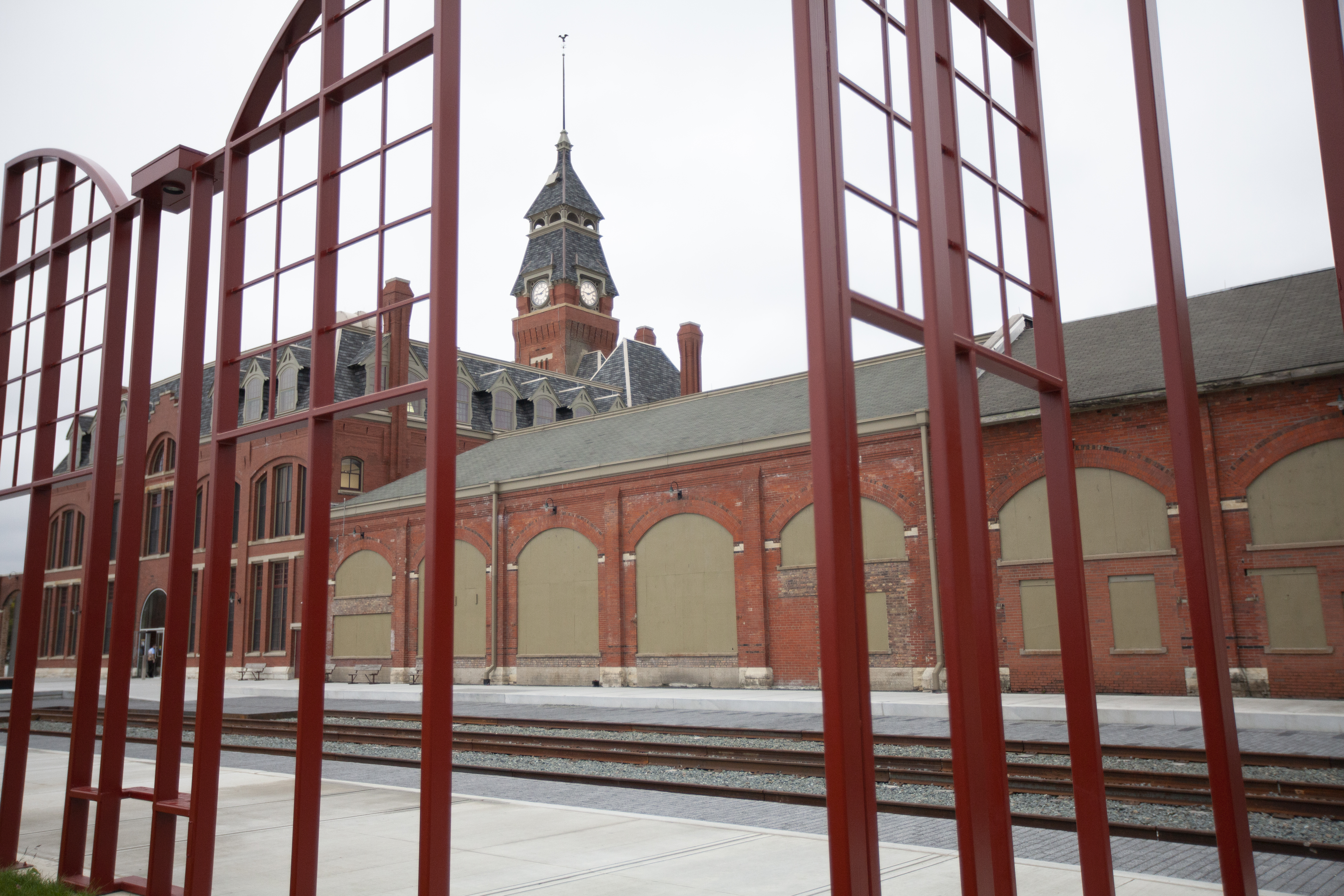
NPF has supported Pullman National Historical Park since its designation – funding from NPF helped jumpstart critical projects at the new park, including the establishment of a visitor center, educational and experiential exhibits, and programming in the historic Administrative Clock Tower building designed to engage visitors of all ages. The NPF-funded NPS Mellon Humanities Fellow in History of Labor and Productivity, Eleanor Mahoney, PhD, also worked with the park to develop exhibits for the new visitor center. On Labor Day 2021, the monument celebrated its grand opening, and NPF collaborated with our partner Union Pacific to commission a vintage-style poster for the park.
Nicodemus National Historic Site

On the plains of Kansas, Nicodemus National Historic Site preserves the remnants of a town established by African Americans during the period of reconstruction following the Civil War. In search of a life free from persecution and oppression, Kansas was seen as a “promised land” for formerly enslaved African Americans, many of whom headed west looking for a new life after the war. When visiting the park, you can explore five historic buildings that represent the spirit of Nicodemus – church, self-government, education, home, and business.
Today, the small community of Nicodemus is the only remaining all-Black town west of the Mississippi River to have been settled in the 1800s by formerly enslaved people. NPF has funded grants through its Open OutDoors for Kids program so children can learn about this unique town while standing in Nicodemus Town Hall itself. In 2018, a three-day student program introduced students to the park and its history in a multi-layered context provided by park rangers, Nicodemus Historical Society Staff, and living historians.
Maggie L. Walker National Historic Site
Maggie Lena Walker devoted her life to civil rights advancement, economic empowerment, and educational opportunities for African American men and women during the Jim Crow era. Walker was a prominent businesswoman and a community leader, working as a newspaper editor, fraternal leader, and later the first African American woman to establish a bank in the country. Today, Maggie L. Walker National Historic Site commemorates the life of this trailblazing, talented woman. Tour her historic home, restored to its 1930s appearance, and explore the community where she lived and worked.
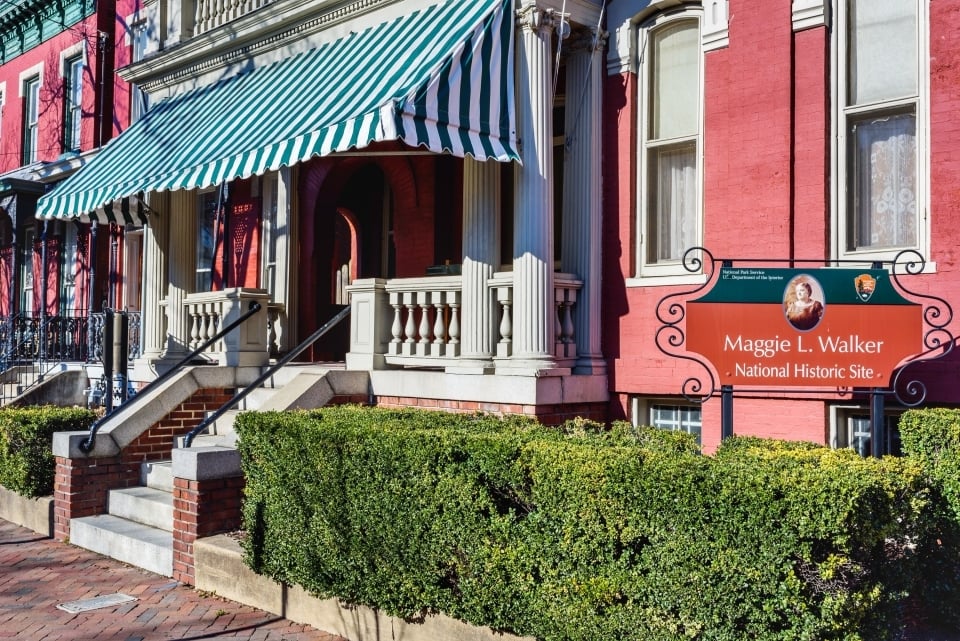
In 2018, NPF supported the Maggie L. Walker NHS Summer Youth Leadership Institute, a two-week program for high school students local to the Richmond area to engage with the park and the story of Maggie L. Walker through a service-learning curriculum. Like Walker herself, who promoted the benefits of community engagement to nurture the next generation of activists, the program allowed for peer mentoring, interaction with community leaders, field trips, and leadership development to help foster personal growth. NPF also supported the appraisal of her personal correspondence and records prior to their donation to NPS.
The history and preservation of national parks are key to having meaningful conversations. By supporting dynamic educational programs, professional development opportunities, the rehabilitation of historic sites, and the preservation – both physically and digitally – of irreplaceable artifacts and places, NPF and our partners are dedicated to increasing access to places, cultural resources, and stories that help all people gain a deeper understanding of the contributions of African Americans.
Endnote: In this article NPF uses the language Black and African American interchangeably. While the intent is to honor inclusivity and be representative of various ways that people identify, we recognize that this language does not account for all identities. We also recognize the importance and need of specificity in reference to particular communities.